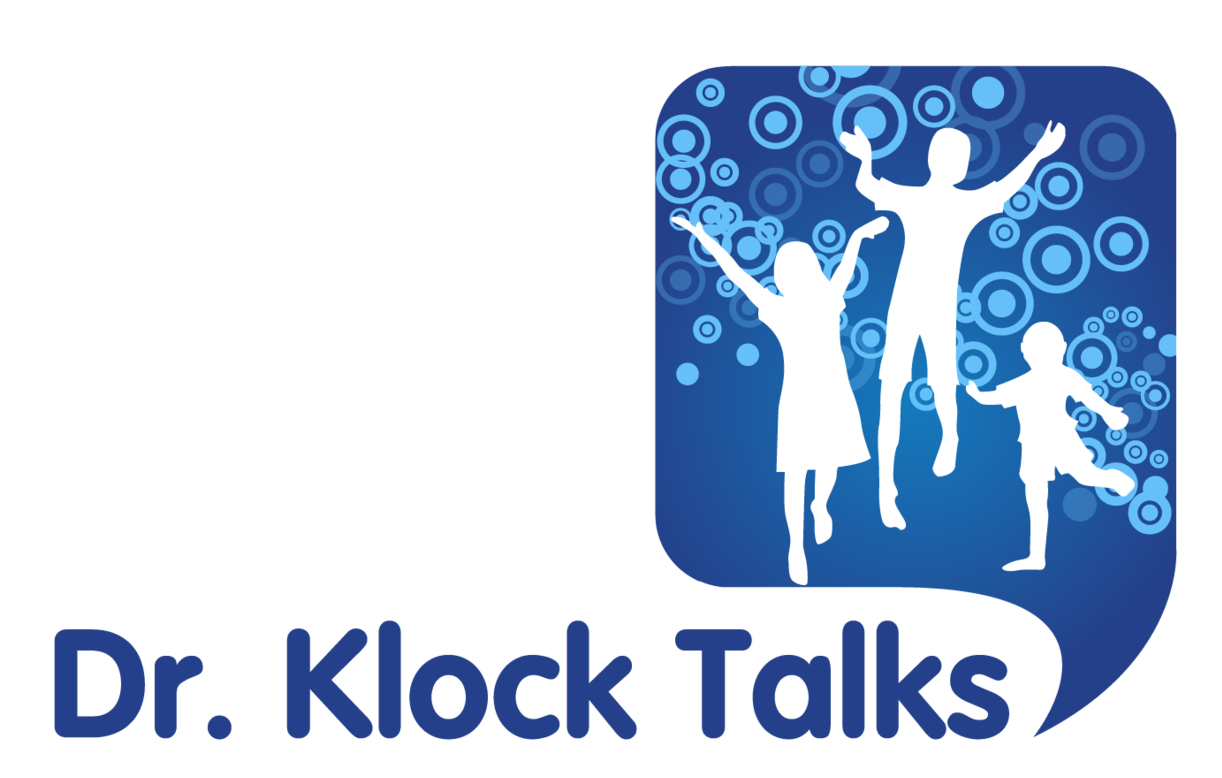The Lousiest House Guest This Summer
/The Lousiest House Guest
When a member of the Pediculus Humanus Capitus family decides to visit during the summer, no one is happy. While this family has been around for close to two million years, and really doesn’t take up much room, they are not a welcome beach or summer camp guest. These visitors, otherwise known as head lice, have sent many families into sheer panic and when one is panic stricken one doesn’t think straight. In the United States, the stress and stigma around a child’s case of head lice is worse than the actual head lice. So, let’s get the facts straight.
• Head lice cannot fly or jump. They find a new home from direct head-to-head contact with a friend.
• Head lice are not spread by animals. Humans are the one and only lucky hosts. Our scalps are their sole source of food where they anchor to hair shafts and experience their entire life cycle.
• Anyone can acquire head lice. It is not associated with poor hygiene or the level of cleanliness of a home, camp or class room.
• Head lice do not spread disease.
• Lice cannot not live on inanimate objects like bed linens and stuffed animals for more than 48 hours. Eggs cannot hatch at temperatures lower than the scalp, therefore, less than 2% of transmission occurs through shared combs, brushes and hats.
• The presence of nits (empty egg casings) does not signify active infestation and children should not be banned from school because of the presence of nits.
What is that white stuff in your hair?
Dandruff, sand, dry shampoo and dried hair spray can be lice egg and nit impostors. Your suspicion of head lice should be heightened if the white things attached to the hair are the size of sesame seeds, close to the scalp and stuck to individual hair strands like glue. Due to impostors, it is wise to get a confirmed diagnosis prior to treatment.
What do we do now?
After confirming the diagnosis, there are several “Over the Counter” treatments and home remedies to get rid of these pesky houseguests. While local resistance to various products exists, often unsuccessful treatment is related to not repeating the “Over the Counter” treatment at the recommended interval. Your pediatrician should know about local resistance.
Several home remedies and occlusive products are available. Since they are not regulated by the FDA, there are minimal studies about their effectiveness. One uncontrolled, nonrandomized study reported a 96% cure rate with Cetaphil Cleanser applied to the hair, dried on with a hair dryer, left on overnight and then washed out in the morning with weekly repeats for 3 weeks.
Manual removal of live lice and nits is inherently the least toxic and most likely the most threatening treatment for the parent-child relationship. While removal of nits (egg casings) is esthetically beneficial, nits do not represent infestation.
The following steps will help prevent re-infestation by lice that have reached clothing or furniture in the 48 hours prior to treatment.
• Machine wash and dry clothing, bed linens, and other items that the infested person wore or used during the 2 days before treatment using the hot water (130°F) laundry cycle and the high heat drying cycle. Clothing and items that are not washable can be dry–cleaned.
• Vacuum the floor and furniture, particularly where the infested person sat or lay.
• Soak combs and brushes in hot water (at least 130°F) for 5–10 minutes.
• Remind yourself that head lice survive less than 2 days once they fall off a person and cannot feed; eggs cannot hatch and usually die within a week if they are not kept at the same temperature as that found close to the human scalp.
What about school, camp, practice?
A child who is determined to have head lice in school or other location may remain there with strict avoidance of head-to-head contact with others. A parent should be notified and prompt, proper treatment should be started upon reunion with the caregiver.
Children who are complaining of scalp discomfort or who have had direct head-to-head contact with a child with lice should be evaluated. Because of the lack of good evidence of efficacy, routine classroom or school wide screening should be discouraged. It is more effective to have parents be on the lookout at home.
Since nits are not a sign of active infestation, “no-nit” policies that exclude children from school until all nits are gone are discouraged by the American Academy of Pediatrics. Non-viable nits may remain after treatment and will not cause transmission to another child. Some schools still practice “no-nit” policies resulting in torturous and unnecessary comb outs at home and missed days of school. In fact, because head lice have low contagion within classrooms, where head-to-head contact does not often occur, having children with active lice stay in the classroom could be considered.

